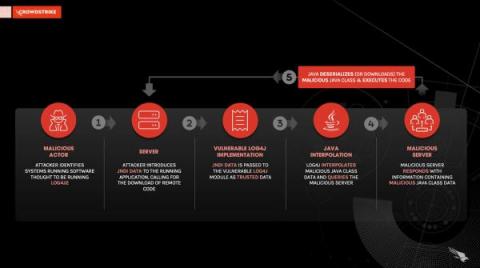What are the Types of Cyber Security Vulnerabilities?
As the threat landscape changes and advances with time, being able to address the most common types of cyber security vulnerabilities has gained the utmost importance. In this article, we will consider various types of cyber security vulnerabilities and how you can mitigate them. As information becomes an organization’s most important asset, cyber security gains increasingly more priority.











